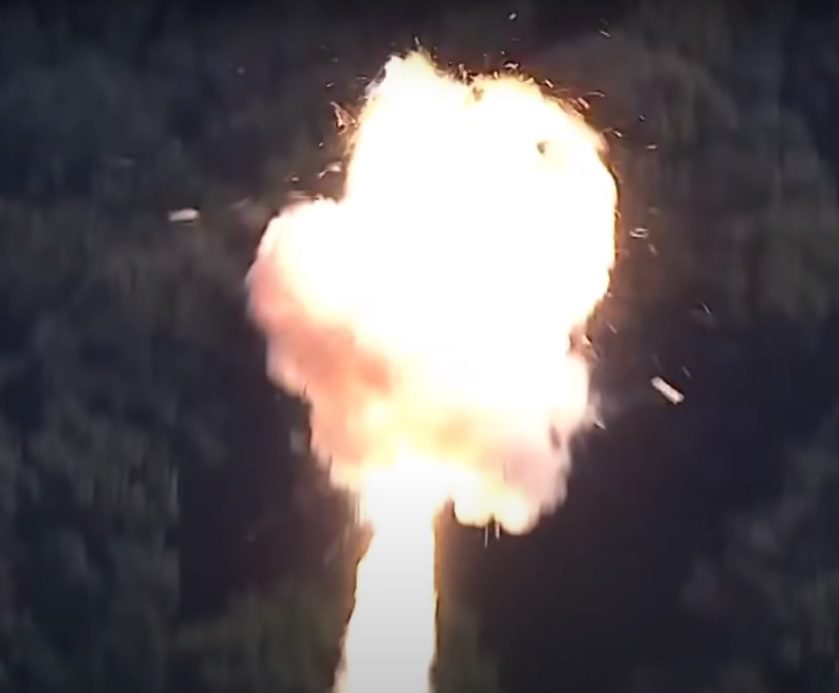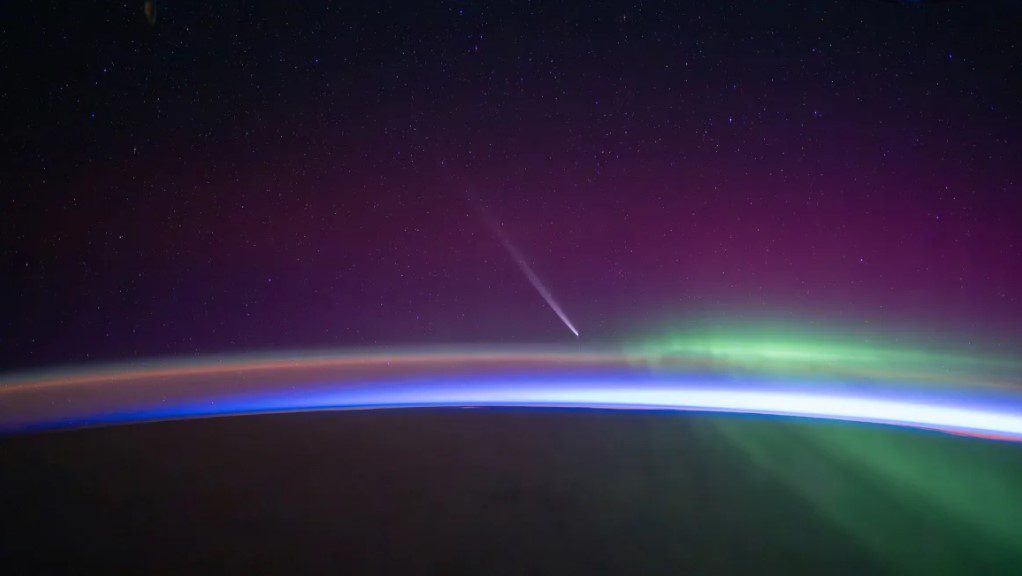During a lecture at the British Interplanetary Society, London, in February, the space writer and former space engineer, Dr David Baker, who worked on NASA’s Gemini, Apollo and Skylab projects, revealed that the Apollo landng module that put man on the moon, was also planned to have more deadly application. Baker explained that as part of a programme to develop Apollo hardware to have other uses, the Apollo landing/Lunar Excursion Module (LEM) had been redesigned as a “killer satellite” or “space gunship” able to intercept spacecraft and then destroy them with a machine-gun cannon aboard. In the end that project came to nothing, though Dr Baker noted that the detailed designs still exist, though they have not yet been published in the public domain.
Such was its performance that Baker noted that NASA astronauts were often exhilarated when they flew the LEM craft. Dr. Baker described how the LEM’s exceptionally large thrust-to-weight ratio, along with its ability to carry are large amount of fuel, was that which gave the LEM the ability to make the orbital changes necessary in such a killer sat/space gunship role.
Editor’s Note: Firing automatic cannon from such a lightweight spacecraft might have offered some problems for the LEM. The momentum change of bullets/cannon shells leaving the cannon’s gun barrel, could alter a spacecraft’s orbit and, theoretically, if pointed in the wrong direction, even slow it enough to force a re-entry. However, despite this, an machine cannon was shown to be a practical space weapon when a 23mm aircraft cannon was successfully fired Soviet military space station Salyut 3 (Almaz 2) mission in 1974 – albeit that this was a much heavier spacecraft.
David Baker also reported that other Apollo hardware was also considered for use by the US military including using the Apollo Command and Service Modules to carry various telescopes including one derived KH-7 Gambit spy satellite.
Earlier in his talk, Baker, who has 90 books credited to his name and is current editor of the BIS magazine Spaceflight, described the developmental history of Skylab, so far America’s only space station. Skylab was originally derived from the Saturn V’s S-IVB stage and was carried into orbit using the first two stages of that launch vehicle. Skylab only came fully to fruition following the cancellation of the US Air Force’s own space station project Manned Orbiting Laboratory (MOL) and after money was found for it by cancelling the last two planned Apollo moon landing flights: Apollo 18 and Apollo 19.
Skylab’s own operational life had an inauspicious start in 1973 after one of its solar arrays and its micrometeoroid shield was ripped of during its launch. As it was, it nearly did not make it into orbit at all after the interstage between the Saturn V’s first and second stages failed to separate properly. Nevertheless, the project gave NASA valuable lessons in spacecraft repair as Apollo astronauts managed free up a tied up second solar array allowing it to deploy and stabilise the rising temperatures aboard Skylab by erecting new sun-screens.
Skylab was famously very spacious inside – and, until very recently, had more working volume that the International Space Station (ISS). The three teams of astronauts managed to make significant scientific observations of the sun and do microgravity research experiments.
Baker noted that in a way, the Apollo moon landings were a distraction from what should have been a more logical step-by-step building block approach to space exploration involving the construction of large space stations. Interestingly, Baker pointed out that the Apollo Project nearly failed as it ran into difficulties in the early 1960s and was only rescued by the infusion of managerial talent requisitioned from the officer ranks of the US armed services.
Baker noted that NASA did once have an evolutionary plan called the Integrated Space Programme which had a plan to used hardware, similar to Skylab, as building blocks to build very large space stations in Earth and lunar orbit with 12 and later 50 astronaut crews. This plan should have lead to lunar landings and bases being built, and eventual manned landings on Mars. Baker described how Apollo and its Space Shuttle successor in effect scuppered this step-by-step approach, in effect, leading NASA into a pair of cul-de-sacs which further added to the political stop-go approach to space exploration in USA.
The ISS was similarly criticised for not offering a building block heritage which could be used for further designs. When asked whether NASA should have built a series of Skylab space stations instead, Baker replied that the ISS was beneficial in one respect: as a model for future international space cooperation. Baker nevertheless noted that Saturn V’s successor, the SLS would have the capability to launch large cost effective single launch space stations similar to Skylab which require little costly construction in orbit.
It is now 40 years since the last of three manned missions visited the much-admired Skylab space station. After astronauts departed in 1974, the station was left to re-enter in an uncontrolled manner with some surviving debris raining down on parts of South Western Australia.
Seradata’s SpaceTrak database notes that a claim/fine for “littering” was made against the US State Department and NASA by the town of Esperance in Southern Australia which was hit by parts of Skylab. The fine of Australian$400 has yet to be paid.



